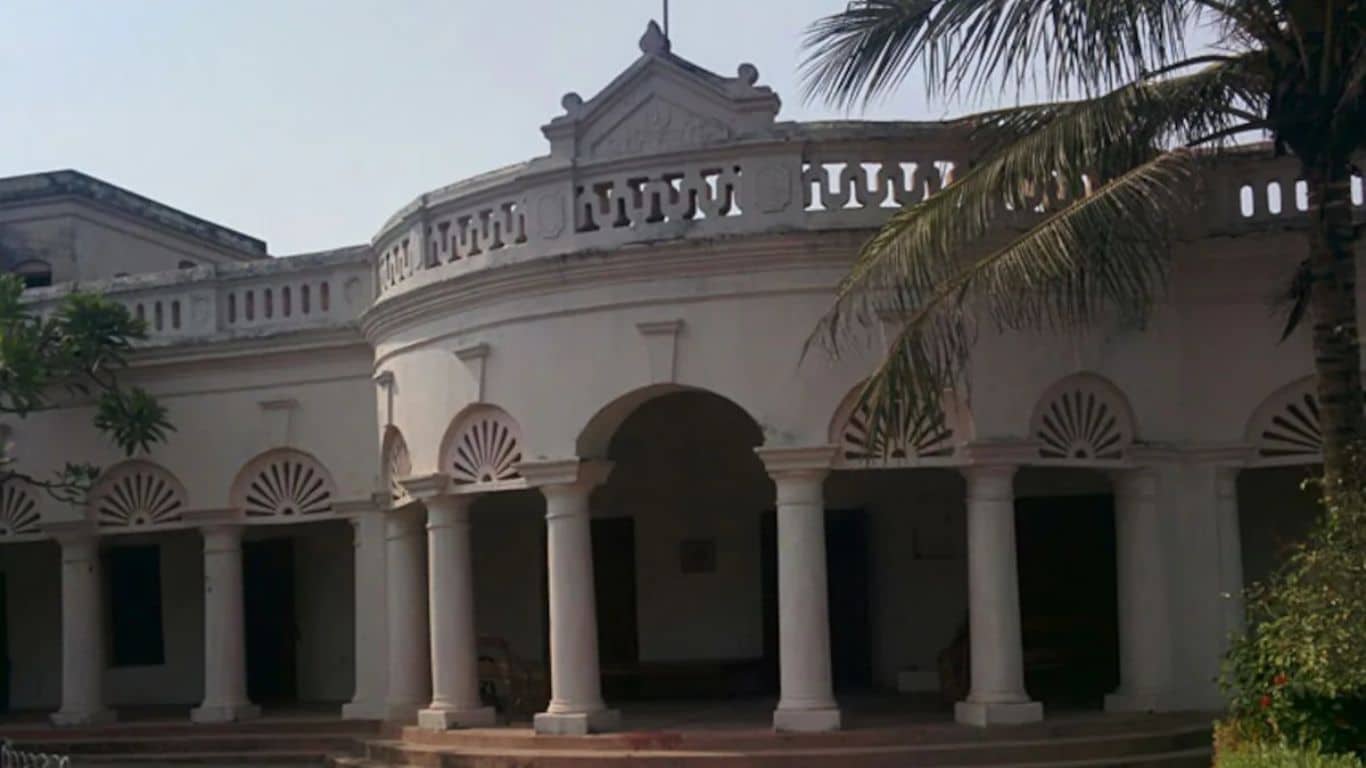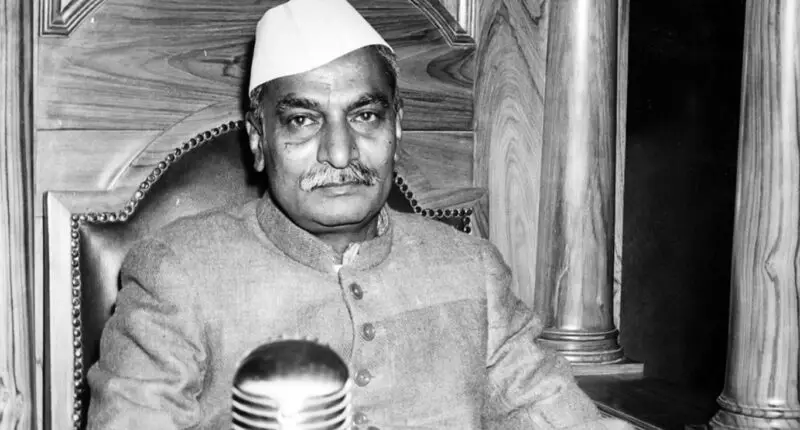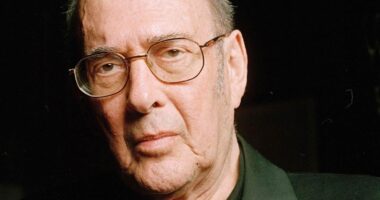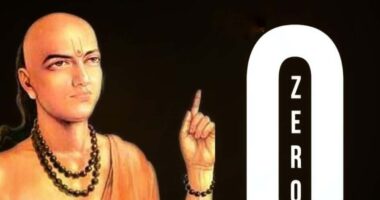Biography of Dr. Rajendra Prasad: Dr. Rajendra Prasad, the first President of India, played a crucial role in the country’s journey towards independence and the establishment of the Republic of India. Born on December 3, 1884, in Siwan, Bihar, Dr. Prasad was an Indian independence activist and politician who served as the President of the Constituent Assembly of India. He was also the first President of India, serving from 1950 to 1962. Dr. Prasad was a prominent figure in the Indian National Congress and was deeply committed to the cause of Indian independence. In this article, we will delve into the life and legacy of Dr. Rajendra Prasad, a true champion of Indian independence and democracy.
Biography of Dr. Rajendra Prasad
Early Life of Dr. Rajendra Prasad

Dr. Rajendra Prasad, born in Zeradei, Bihar on December 3, 1884, was the youngest in his large joint family. Rajendra Prasad’s father, Mahadev Sahai Srivastava, had a deep understanding of Sanskrit and Persian languages and was a highly educated individual. While his mother, Kamleshwari Devi, was a pious woman who instilled religious values in her son through narrating tales from the epic Hindu scriptures, Ramayana and Mahabharata. He had a strong bond with his mother and elder brother Mahendra, and grew up playing “Kabaddi” with his friends in a diverse and harmonious community. At 12, he was married to Rajvanshi Devi in accordance with tradition.
Student Life and Education
A brilliant student, Prasad stood first in the University of Calcutta entrance exam and received a scholarship of Rs.30 per month. He attended Calcutta Presidency College in 1902. Despite his scholarship, his patriotism was tested when Gopal Krishna Gokhale invited him to join the Servants of India Society in 1905. Prasad declined, prioritizing his family and education, but felt “miserable” and his academic performance suffered. However, he regained his focus and went on to earn a Master’s in Law with honors and a gold medal in 1915, and a Doctorate in Law.
Professional Career
Throughout his career, Prasad served as a teacher in various educational institutions. He started as a professor of English at Langat Singh College in Muzaffarpur, Bihar and eventually became the principal. However, he eventually left the college to pursue his law studies and enrolled at Ripon College in Calcutta (now Surendranath Law College). During this time, he also worked as a Professor of Economics at Calcutta City College.

In 1915, Prasad achieved a Master’s degree in Law from the University of Calcutta and was awarded a gold medal for his exceptional performance in the examination. He went on to complete his Doctorate in Law from Allahabad University. In 1916, he joined the High Court of Bihar and Odisha and was appointed as one of the first members of the Senate and Patna University in 1917. He also maintained a successful law practice in Bhagalpur, a well-known silk town in Bihar.
Dr. Rajendra Prasad’s Role in the freedom Movement
Rajendra Prasad was an influential figure in the Indian independence movement, who played a major role in the fight for freedom from British rule. His association with the Indian National Congress (INC) began in 1906 when he participated as a volunteer in the annual session held in Calcutta. He formally joined the INC in 1911 and went on to meet Mahatma Gandhi during the Lucknow session in 1916. Prasad was so moved by Gandhi’s dedication and courage that he gave up his successful career as a lawyer and his duties at the university to support the non-cooperation movement. He even encouraged his son to drop out of his Western education and enrol in Bihar Vidyapeeth, an institution founded on traditional Indian principles.
During the independence movement, Prasad interacted with Rahul Sankrityayan and contributed to revolutionary publications. He also took an active role in helping people affected by natural disasters, such as floods and earthquakes. He was elected as the President of the INC twice, first in 1934 and again in 1939. When the Quit India Resolution was passed in 1942, Prasad was arrested and spent three years in jail before being released in 1945. After the formation of the Interim Government in 1946, he was allocated the Food and Agriculture department and went on to become the President of the Constituent Assembly in 1946. He was elected as the President of the INC for a third time in 1947.
The first President of India
Two and a half years after India gained independence, Rajendra Prasad was elected as the first President of India on January 26, 1950. Tragically, the night before the Republic Day of India, Prasad’s sister passed away. Despite the loss, he performed his duties as the President of India without any political affiliations. Prasad became an ambassador of India by traveling the world and building diplomatic relationships with foreign nations. He was re-elected for two consecutive terms in 1952 and 1957, making him the only President of India to achieve this distinction. During his tenure, the Mughal Gardens at the Rashtrapati Bhavan were opened to the public for the first time, attracting a large number of visitors from Delhi and other parts of the country.

Dr. Prasad played an active role in state affairs following the Hindu Code Bill controversy. After serving 12 years as the President of India, he announced his decision to retire in 1962. He returned to Patna and preferred to live in the campus of Bihar Vidyapeeth. Sadly, his wife passed away a month before the Indo-China War in September 1962. He was honored with the Bharat Ratna, the highest civilian award in the country. Prasad passed away in 1963 at the age of 78 and the Rajendra Smriti Sangrahalaya in Patna was dedicated to him.
Dr. Rajendra Prasad’s Legacy
Dr. Rajendra Prasad left a lasting legacy in the history of India. He served as the first President of India, helping to shape the country’s new democratic system. As a diplomat, he worked tirelessly to build relationships with other nations, putting India on the global stage. Prasad was re-elected for two consecutive terms, making him the only President of India to achieve this feat. He played a crucial role in state affairs, particularly during the Hindu Code Bill controversy.
His contributions to Indian society went beyond his political career. Dr. Prasad was a committed social worker and believed in the power of education to bring about change. He was a founder of the Bihar Vidyapeeth, which was dedicated to providing quality education to the people of Bihar. He also supported various other educational institutions and was a strong advocate for women’s education.
Dr. Prasad’s legacy continues to live on through the Rajendra Smriti Sangrahalaya in Patna, which was dedicated to his memory. The museum showcases his life and works, as well as India’s rich cultural heritage. Prasad’s unwavering commitment to the welfare of the Indian people and his dedication to building a better India for future generations have earned him a place of honor in the history of the country.
Also Read: Educate and Raise the Masses, and thus alone a Nation is Possible



